Grading in an Online Classroom

Whether your building will be in a completely virtual setting or a mixed bag with the blended model, grading is going to shift in some way in your classroom this coming school year.
And, just like in our Flipped Teacher Facebook group last week, I have a challenge for you...
Let it.
Let the pandemic and the reality of remote learning thrust upon us make a shift in your grading structures. I don't necessarily know what it should look like, or what the paradigm of grading will ultimately be, but I'd like to contribute some thought-provoking points on this whole grading thing, especially in the context of distance learning.
The Change we've been asking for
Could this pandemic and the necessity of remote learning be the catalyst we've needed to make some large, and necessary paradigm shifts in education? Particularly with grades?
I don't necessarily have the answer to that question, but it seems to me that if we teachers have been begging for less testing, more authentic, real-worl...
3 Tips for a Teacher's Video Background at Home
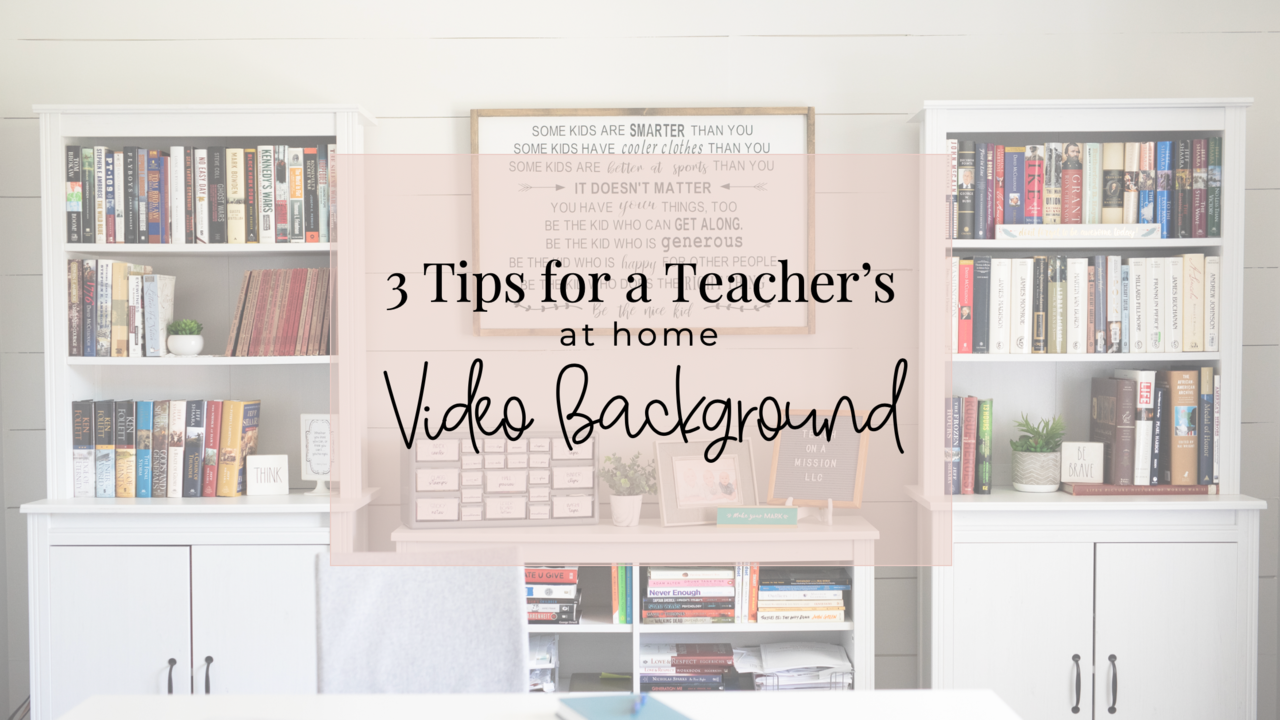
Let's get back to the step-by-step, practical, take-action tips that we teachers so LOVE... is that alright?
Super.
This week, I'd like to focus on a very sure reality that is shifting for teachers, and that is making video for our classrooms.
Here's the thing, no matter if we go back to a traditional setting, a hybrid model, or fully online next year, we teachers need to be ready for any of those setups to change one a DIME! As a mother, I am predicting that although my sons' school will start normal next year, entire buildings will be shut down WHEN one student or staff member tests positive. I just don't see how to avoid it.
Please know that I'm not saying that to invoke panic amongst teachers (or mothers for that matter). I offer up my prediction as a way to get ourselves prepared (both as teachers and parents, by the way). Prepared for what, you might ask... prepared to be flexible in an every changing educational setting so that it's not over strenuous on us or our stude...
What's So Different About the Blended and Online Classrooms?
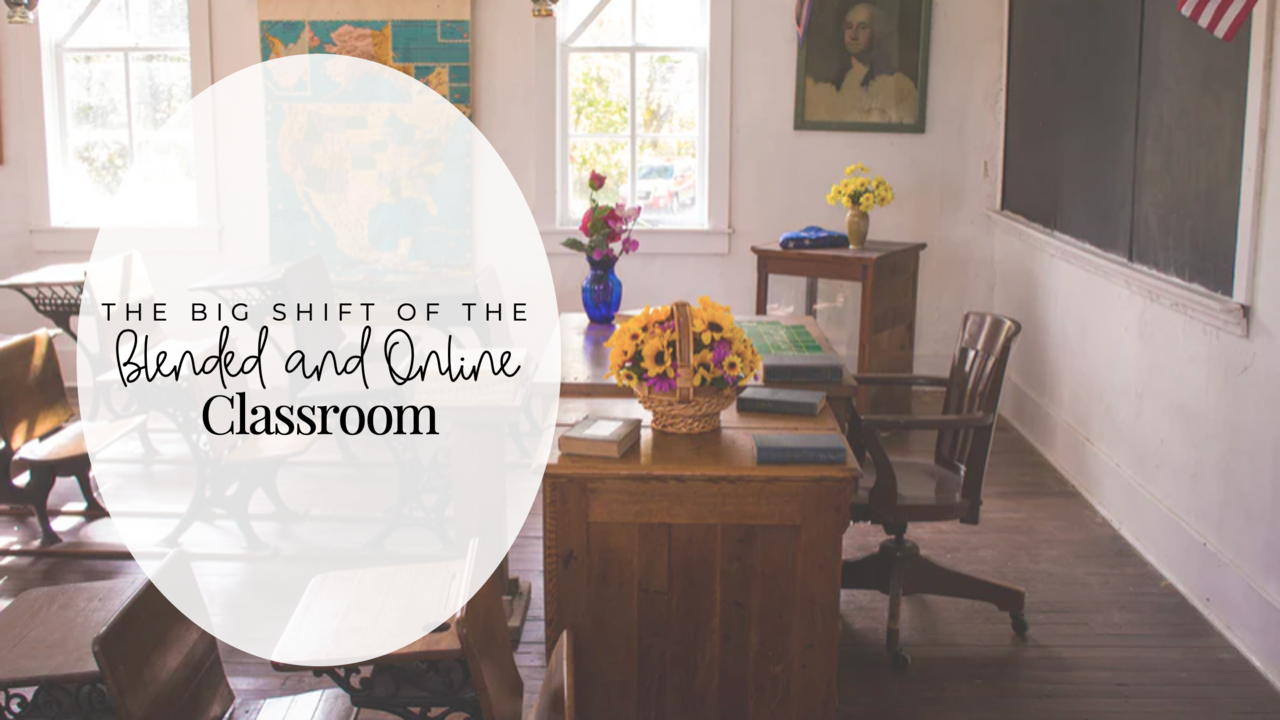
As we get closer to the 2020-2021 school year, we're feeling more and more uncertain. Let me give you a friendly reminder... we still have time. And I hope you can think on that, take a deep breath, and slow your mind down in order to enjoy a bit of your summer, but at the same time know that those deep breaths only last so long.
At least they don't last very long for me either.
I hope that this blog can serve as a platform for thoughtful consideration of your classroom should it need to remain online, become blended, or even want to flip in a normally scheduled setting.
Either way, all teachers, more than ever, want that safe, welcoming classroom atmosphere, and I hope to help you build that no matter the setting for next year.
The Big Shift to Online or Blended Classrooms

I am a firm believer in the power of mindset. When I use that term I feel super trendy, but don't want the trendiness to be the focus. Instead the focus should be on the simplicity of the shift.
Here's t...
The Best Way to Prepare Your Classroom for Next Year

Most of us are wrapping up the school year right now and really looking forward to summer break... as you SHOULD!
This year has been everything but boring or relaxing, and at this point I bet you're ready to sign up for both of those descriptors as long as they reside in front of what type of day you're having. Ok, maybe not a boring day, but certainly a relaxing one. YES! Sign you up, am I right?
I'm betting, though, you're the kind of teacher that finally sits down to actually, you know, relax - get some peace and quiet with your favorite beverage sitting under a shade tree preferably near a clean body of cool water... yep that sounds about right - and just as the quiet settles in your mind starts working.
What about next year?
Will it be normal, blended, online?
Am I ready for that?
How can I get my classroom - both physical and digital prepared?
Do I have what it takes?
Phew - it's enough to drive you mad.
If I may interject in your mind's spinning wheels of madness, though, I'd ...
A Teacher's Prayer for 2020

I couldn't bring myself to talk about the potentially blended or online classroom of next school year this week. That's why my blog post is a bit late - I try to publish a blog each week on Tuesday mornings. Sorry about that.
What I mean here is that I couldn't bring myself to talk about what we teachers will do to support our students next year (a super important topic, right?) when an even more important issue is at hand; and, when this year, let's just face it, has been anything but normal or even manageable. So, I'm taking a break from the recommendations, the advice, and how-tos of the flipped, blended, and online classroom.
And, here's the thing. I don't have the words. Let me rephrase that... I have lots of words and thoughts and gut reactions, but in an attempt to be compassionate, supportive, and, most of all, humble, I want to turn my words into a prayer. One that I will be praying often, and one that I hope resonates with you.

A Teacher's Prayer for 2020
Father,
...Hear from Teachers of Flipped Classroom Formula
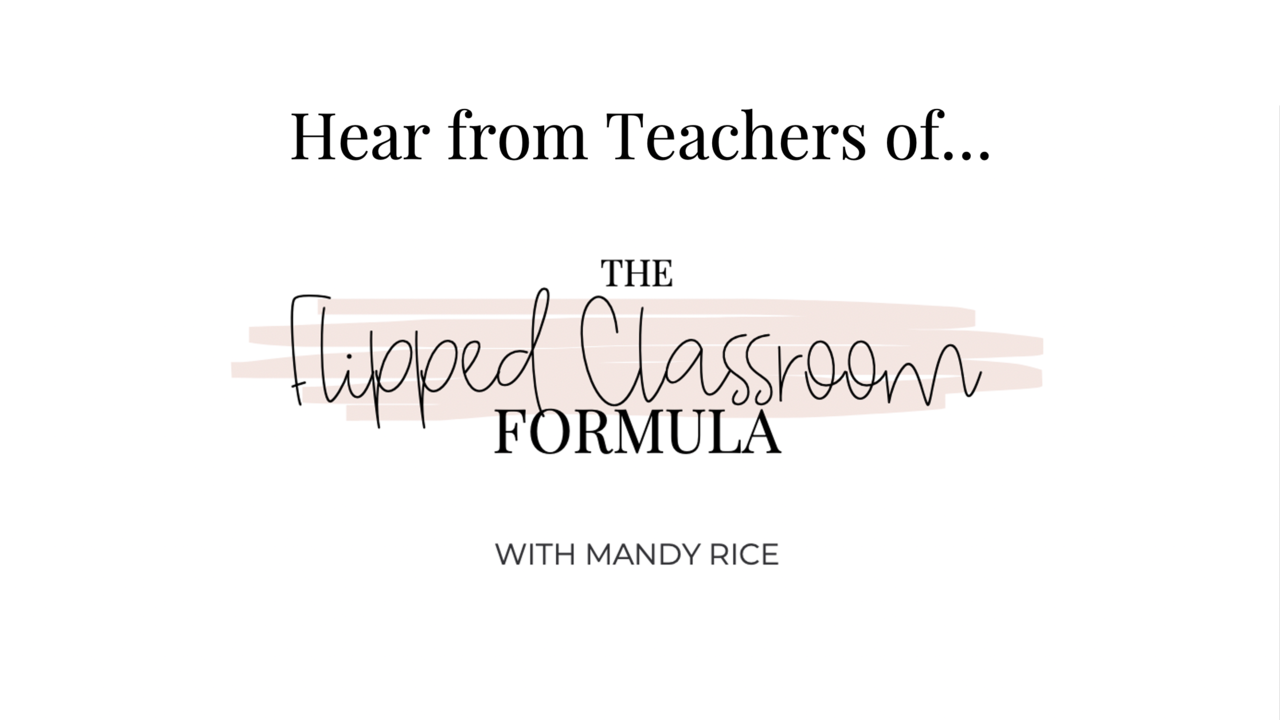
The last couple weeks on the blog have been focused on talking to and hearing from students of the flipped classroom. If you haven't checked those out yet, I would encourage you to here and here.
This week, however, we are shifting gears and our focus to be on teachers not who have just flipped their classrooms, but who have done it by participating in the implementation program that is Flipped Classroom Formula.
Flipped Classroom Formula is the online course I built over a year ago to help teachers not just consider flipping and if it will work for them, but instead to get tools in their hands and actually build the thing. That's right, it's an implementation program where I walk teachers through, step-by-step, exactly how to flip their classrooms like a seasoned veteran without the overwhelm of DIYing it.
But instead of hearing me talk about it, I want you to hear from teachers who have been in the program and flipped their classrooms. Keep in mind that these teachers flippe...
Hear from the Students of the Flipped Classroom
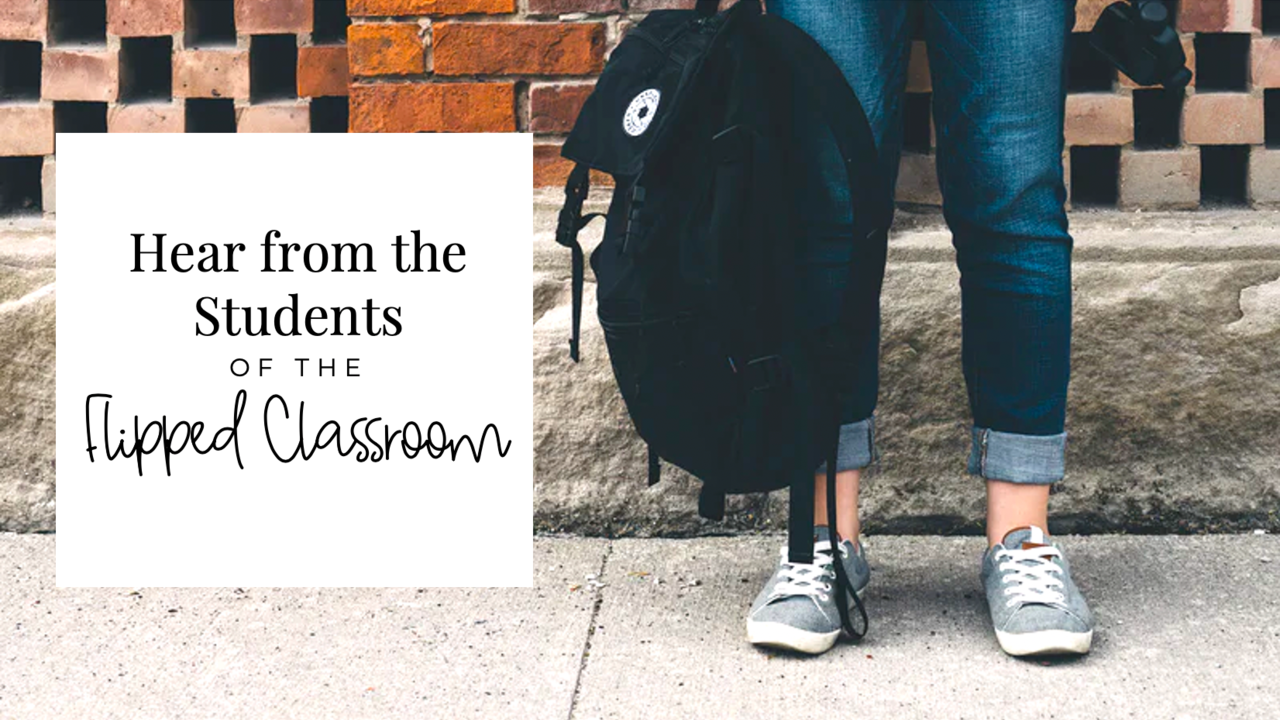
Last week's post was a walk down memory lane and a bit of a challenge about talking to students in the flipped classroom - how it allows the time and teacher-brain space to have personal, one-on-one conversations with each of your students more often than the opportunity arises in the traditional classroom.
This week, we'll focus on hearing from students of the flipped classroom.
So often, for various reasons, primarily for safety of students, we only hear about classroom experiences from teachers. Meaning, when it comes to soliciting experience inside the classroom when we're wanting to make decisions for our own classrooms, we only hear from teachers.
I am by NO means saying this is a bad thing, because, hey, even our most mature and articulate students are still, well, kids. Less experienced, holding less expertise, and a different, less informative perspective.
But what if we could hear from students about their classroom in objective ways?
I feel like their opinions could...
Talk to Every Student Every Day in the Flipped Classroom
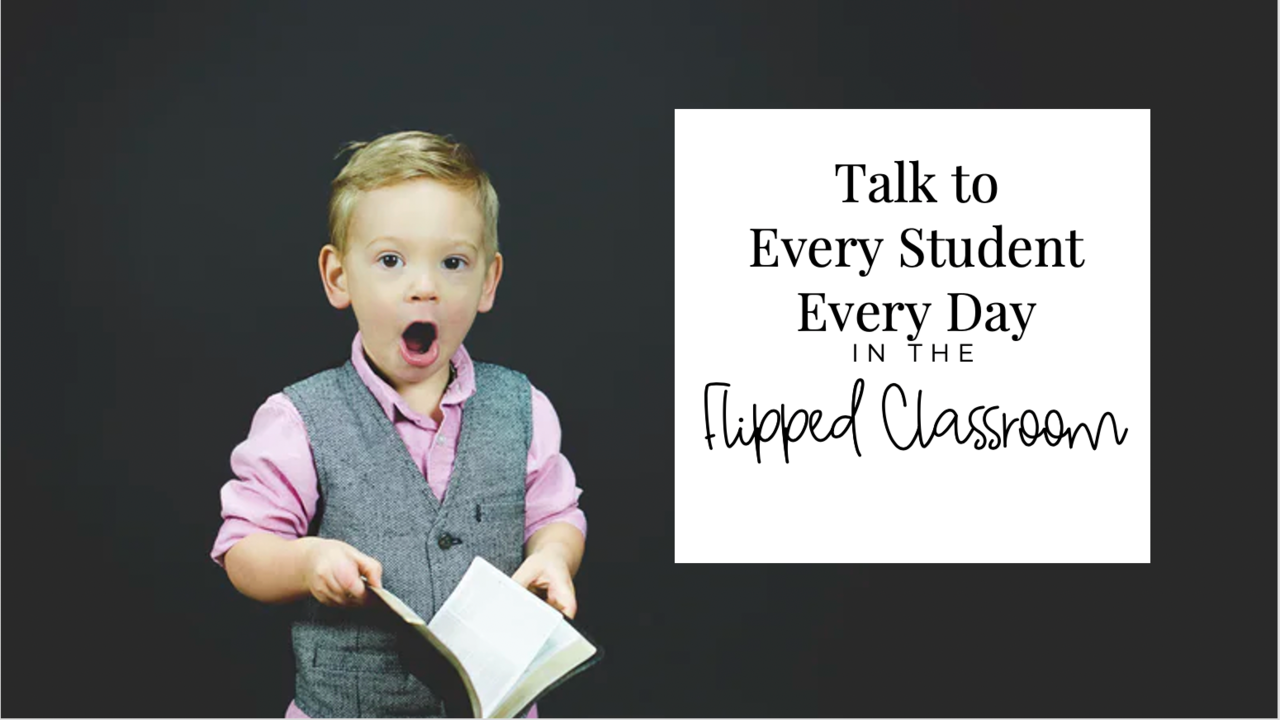
Talking to students.
Who would've thought teachers would be craving such a simple, what was an everyday occurrence?
At the time this post is published, it will be exactly two months since the month of Ohio, where my family and I live, teach, and raise our kiddos, declared school doors would be closing for the foreseeable future.
In those two months, teachers started distance learning by frantically getting their classrooms mostly accessible online. Then teachers were hit with the harsh reality that many, and sometimes most of their students are not working remotely or even at all reachable. And now, as we are broken-hearted over the harsh reality that although distance learning has (and still is) saving lives, it is widening the achievement gap that we all personally trying to overcome minute-by-minute, day-by-day inside of our normal teaching lives.
We, teachers, are the ones who know the names of the statistics inside the achievement gap.
And we are screaming from the roof top...
How the Flipped Classroom Shifts Your Role as a Teacher
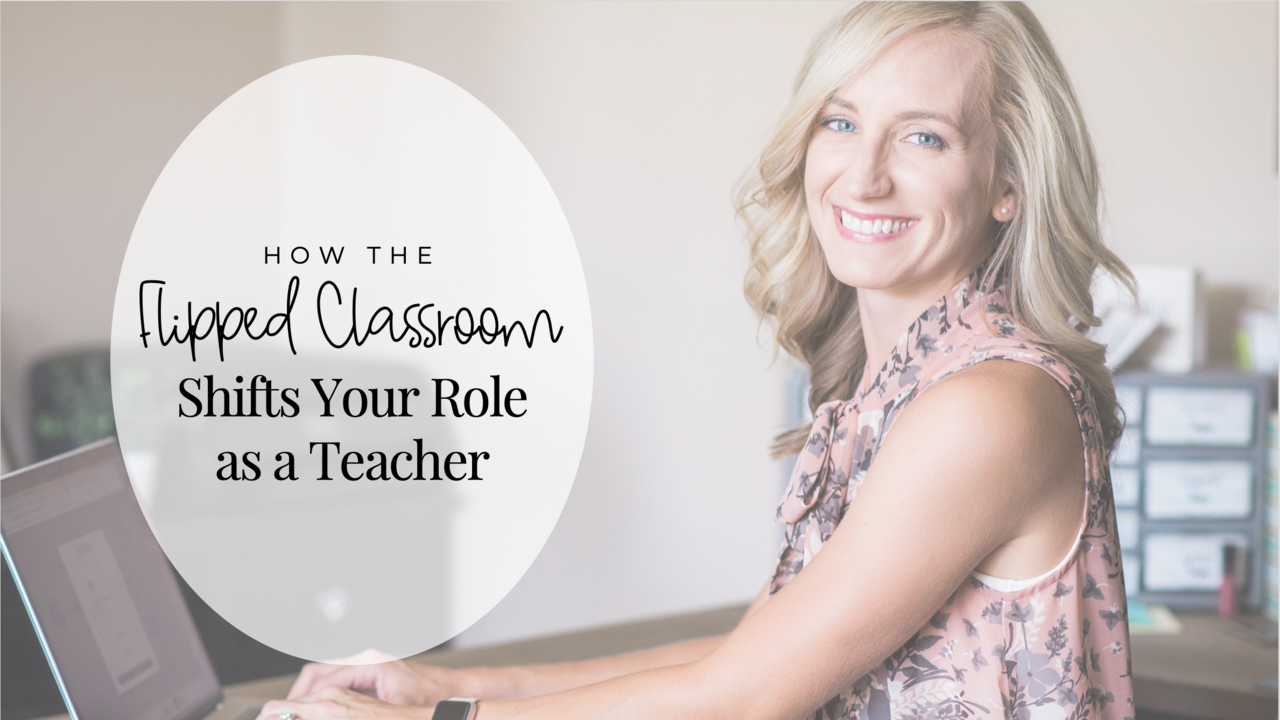
Raise your hand if you are so totally over this whole online teaching thing? If we were together in person (reminisce on physical presence with another human being real quick - big huge nostalgic sigh - now back to reality), I'm sure we'd reflect on all the things we miss about the classroom and being physically present with our students.
In fact, I think this whole pandemic is teaching us a very solid lesson on the importance of physical presence. With our families, with our friends, coworkers, and especially our students.
In fact, your role as an educator sans students you see on a daily basis is probably nothing more than "messenger and grader". Your role doesn't go much deeper than that because without physical presence any attempts to do so seem superficial and not as effective when done online.
Over the last week or so as we've been hearing the news of schools closing for the year and as I've listened to many teachers about their struggles with online teaching, I have to sh...
The "99% Advantage" of the Flipped Classroom
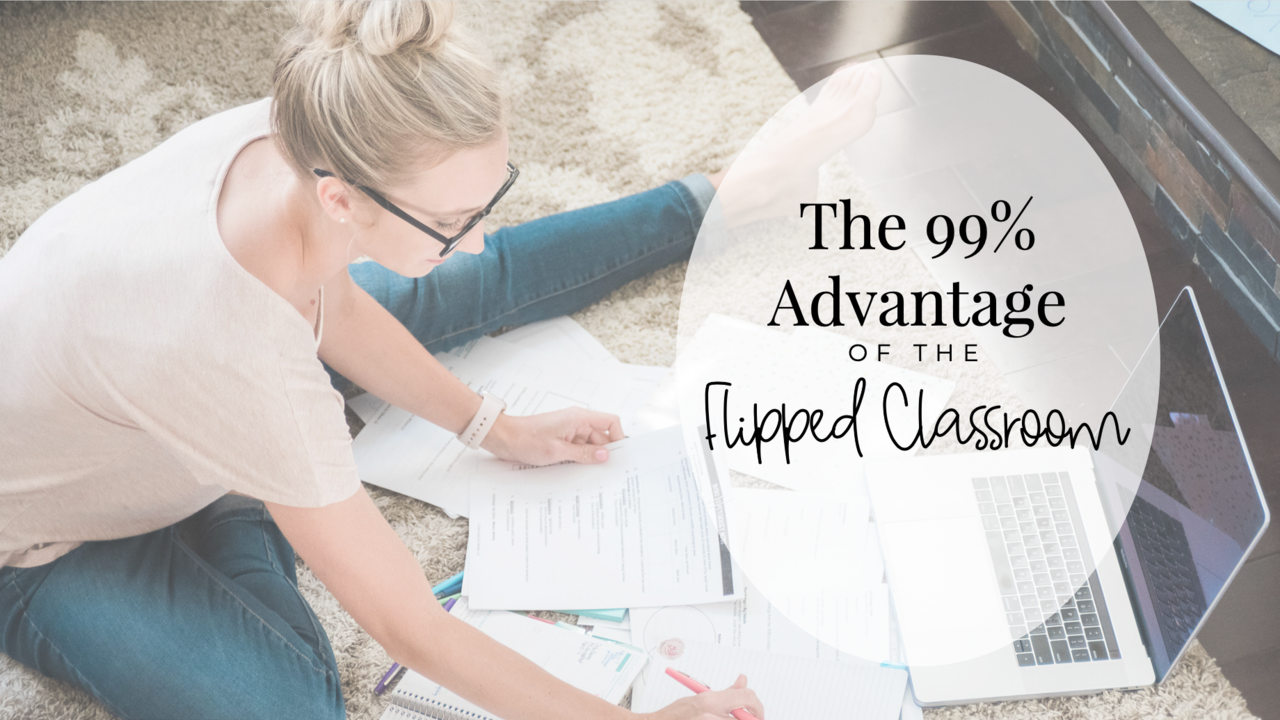
In a time of distance learning where teachers are flying by the seat of their pants, and essentially building the plane while in the air when it comes to teaching online, we all are feeling the effects of working our butts off and yet not having the same impact we did when in the classroom.
Except for flipped classroom teachers.
Teachers who had previously flipped their classrooms, in many ways were prepared for a unpredictable setting like this one, as well as their students, because of how the flipped classroom functions.
Please hear me when I say that I am not trying to throw flipped teachers' success during distance learning in the face of teachers who had not previously flipped. NOT AT ALL. I'm not here to shame or guilt anyone (see my posts on these topics here and here).
But I do want to use those teachers who had flipped before the pandemic-induced school closures as a story of success when it comes to building accessible and sustainable classrooms. And there's a HUGE re...



